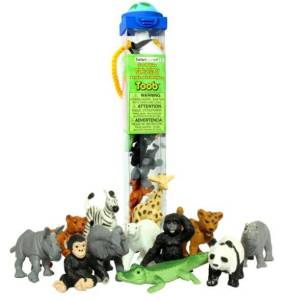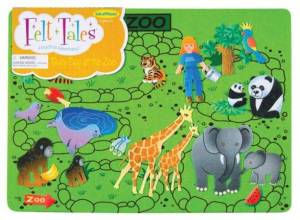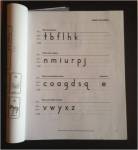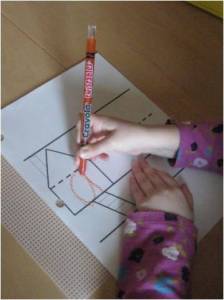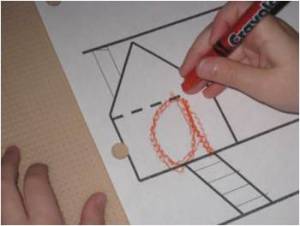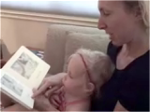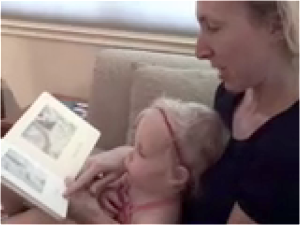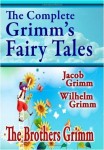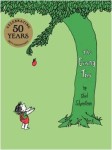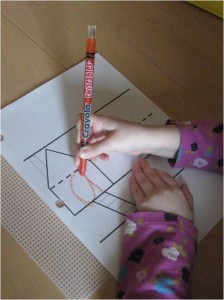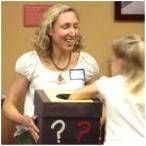Often times my parents will tell me that their children are having a hard time focusing when reading – especially the parents of kids just beginning to read independently. Here are a few techniques to try with your child to help increase their reading focus, fluency and comprehension.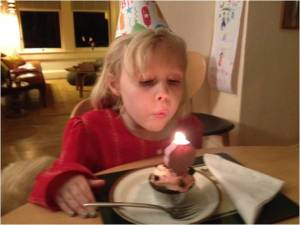
First, when your child is reading aloud, track each word for her with your finger as she reads. If she misreads a word or makes a mistake, keep your finger on that word so she is aware of her mistake until you teach her the correct word or help her focus on the skipped words.
Another way to increase focus while your child is reading aloud is to ask questions periodically about the context of the text or story to insure she understands what she is reading. Help bring her focus to the main idea and specific details about the story.
Finally, bring your child’s attention to words that she misreads aloud. As you track the words while she reads, highlight words that she misreads. So you can review these words with her, copy a chapter at a time as she progresses in the book or text. Then after each chapter, review missed words with your child. This technique also teaches your child to be aware of how many words she skips, since skipping too many words might affect her comprehension of what she reads.
By practicing these three techniques, you are teaching your child how to have greater focus as she begins to read independently.
What helps your child learn to have focus while reading?






